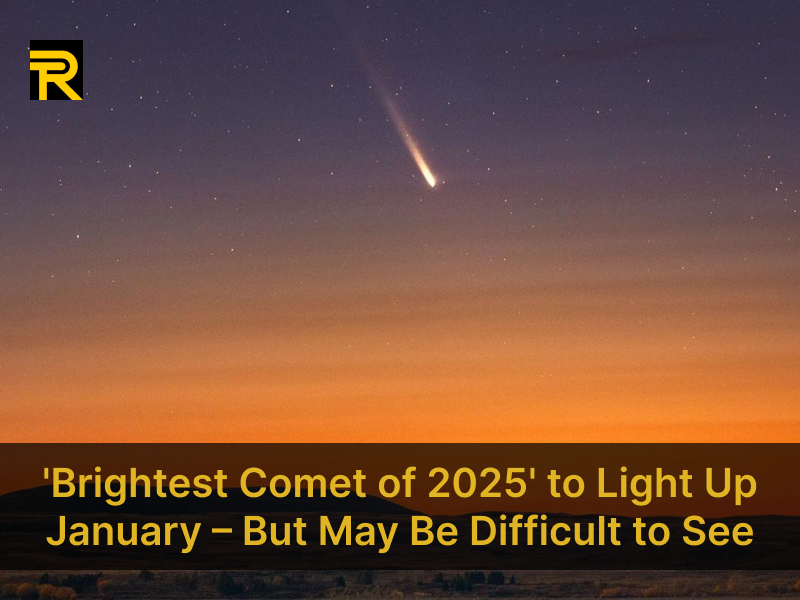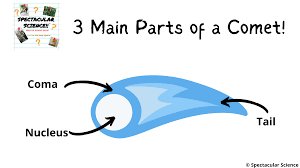
'Brightest Comet of 2025' to Light Up January – But May Be Difficult to See
Skywatchers around the globe are gladly anticipating a astronomical treat this January as the "brightest comet of 2025" makes its way across the night sky. While it promises to be one of the most luminous comets in recent years, catching a glimpse may pose some challenges due to its trajectory and visibility conditions. Here’s everything you need to know about this rare astronomical event and how to maximize your chances of witnessing it.
The Comet: A Rare Visitor

The comet, officially named C/2025 A1 (Astralis), was first discovered by astronomers in early 2023. Its highly elliptical orbit suggests that it originated from the Oort Cloud, a distant reservoir of icy bodies on the outermost edges of our solar system. Unlike shorter-period comets like Halley's, which revisit Earth’s vicinity every few decades, C/2025 A1 may not return for thousands of years, making this a once-in-a-lifetime opportunity for observers.
Current estimates suggest that the comet will reach its peak brightness around mid-January 2025 as it makes its closest approach to the Sun, or closet approach. At this point, it is expected to outshine most stars, compare withthe brightness of Venus. However, its visibility from Earth depends on several factors that could make viewing conditions tricky.
Why It May Be Hard to See
Despite its impressive brightness, C/2025 A1’s position in the sky could hinder observation for many stargazers. The comet’s perihelion will occur when it is relatively close to the Sun from our perspective, meaning it will appear low on the horizon during twilight hours—a time when the sky’s brightness can huge faint planetary objects.
Additionally, the comet’s path will primarily favor observers in the Southern Hemisphere, leaving Northern Hemisphere fans with fewer opportunities to view it. Weather conditions, light pollution, and atmospheric haze could further complicate visibility.
How to Catch a Glimpse

For those determined to see the brightest comet of 2025, preparation is key:
-
Plan Ahead: Identify the comet’s expected position in the sky using astronomy apps or star charts. Knowing when and where to look will improve your chances.
-
Find a Dark Sky Location: Light pollution can notably diminish your ability to see in sky objects. Seek out areas away from city lights for the best view.
-
Use Binoculars or a Telescope: While the comet may be visible to the naked eye during its peak, optical aids can enhance details like the comet’s tail and nucleus.
-
Watch the Weather: Clear skies are essential for successful observation. Keep an eye on local forecasts and be ready to act quickly when conditions are favorable.
The Science of Comets

Comets like C/2025 A1 are often referred to as "dirty snowballs" due to their composition of ice, dust, and rocky material. As they approach the Sun, the heat causes their icy nuclei to sublimate, releasing gas and dust to form the glowing coma and iconic tail. Studying these ancient celestial wanderers provides valuable insights into the early solar system’s composition and formation.
A Celestial Wonder Worth Chasing

Even if C/2025 A1 proves challenging to spot, its presence serves as a reminder of the dynamic and ever-changing nature of our universe. For those fortunate enough to witness it, the brightest comet of 2025 will undoubtedly leave an indelible mark, sparking wonder and curiosity about the cosmos. So, mark your calendars, set your alarms, and get ready to chase this fleeting spectacle—the universe’s way of saying, “Look up and marvel.”
Follow Us
Trending News
Newsletter
Aliqu justo et labore at eirmod justo sea erat diam dolor diam vero kasd



